Traditional Chinese Medicine Diagnosis – Palpation
“Observation, Listening, Inquiry, and Palpation” are the four diagnostic methods used to diagnose diseases. These four methods are still widely used today and are important bases for TCM syndrome differentiation and treatment.
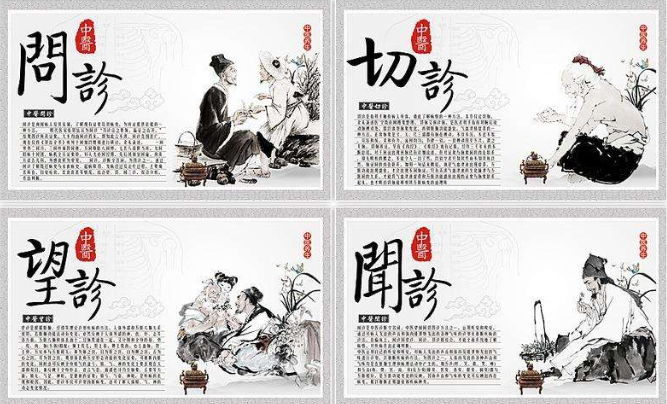
The so-called “Observation Diagnosis” refers to observing the patient’s spirit, complexion, shape, and state changes.
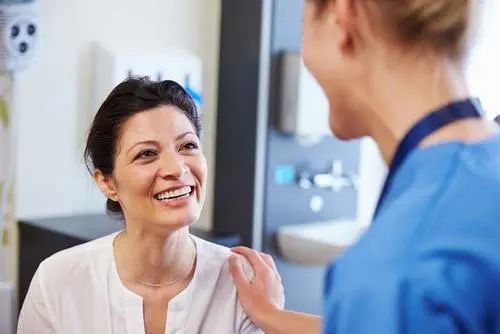
The so-called “Listening Diagnosis” refers to listening to the patient’s voice, breathing, coughing, vomiting, hiccups, belching, and other sounds, as well as smelling the patient’s body odor, bad breath, phlegm, and the odors from urine and feces.

The so-called “Inquiry Diagnosis” involves asking the patient about the onset and changes of their condition, including cold and heat sensations, sweating, sensations in the head and body, bowel movements, diet, chest and abdomen, ears, mouth, and various other conditions.
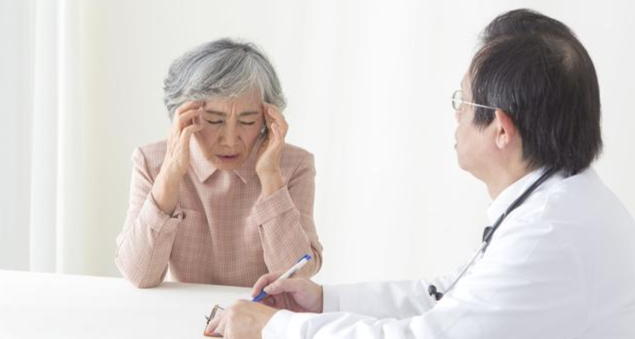
Bian Que, building on the diagnostic methods of his predecessors, invented the “Palpation Diagnosis”. The Records of the Grand Historian states: “To this day, those who speak of pulse diagnosis do so because of Bian Que.” Sima Qian honored Bian Que as the foremost physician, indicating his respect for Bian Que and the importance of palpation diagnosis.
The so-called “Palpation Diagnosis” includes pulse diagnosis and palpation. Pulse diagnosis involves feeling the pulse to understand its characteristics. Palpation involves using the hands to touch and press the patient’s body surface to observe the patient’s temperature, hardness or softness, and whether they resist or welcome pressure, which aids in diagnosis.
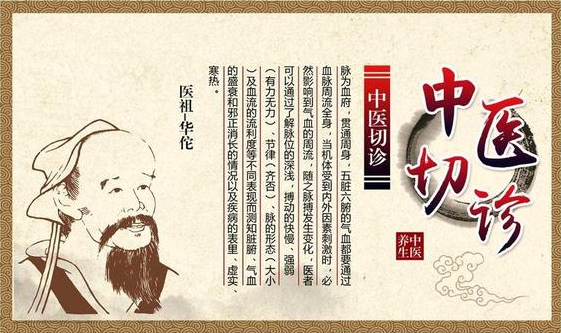
Palpation is an important component of palpation diagnosis and is an indispensable part of the diagnostic method. Palpation can not only further confirm the findings of observation diagnosis but also supplement its deficiencies. Moreover, it plays a particularly important role in diagnosing abdominal diseases.
However, in clinical practice, both pulse diagnosis and palpation have significant guiding meanings and should not be biased towards one over the other; they must be considered together in diagnosing the patient.
Section Two: Content of Palpation
(Palpation of the Chest and Flanks, Palpation of the Abdomen, Palpation of the Skin, Palpation of the Hands and Feet, Palpation of Acupuncture Points)
The content of palpation is quite broad, involving various diseases and all parts of the body. In particular, palpation of the abdomen is very important for diagnosing diseases. There are five learning contents for palpation; yesterday we learned about palpation of the chest and flanks:
Palpation of the chest and flanks refers to purposefully touching, pressing, or tapping the front chest and flank areas according to the needs of the condition to understand the local and visceral changes.
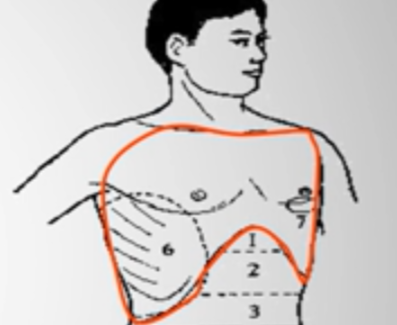
Today we will learn about palpation of the abdomen.
Two: Palpation of the Abdomen
(Palpation of the Epigastrium, Palpation of the Abdomen for Cold and Heat, Distension, Masses, Tenderness, Softness, and Hardness)
(1) Division of the Abdominal Region
Below the diaphragm – abdomen (the upper middle abdomen is the epigastrium)
Below the xiphoid process – below the heart (1)
Upper abdomen below the heart – epigastrium (2)
Above the umbilicus – large abdomen (3)
Below the umbilicus to the pubic bone – small abdomen (4)
On both sides of the small abdomen – lower abdomen (5)
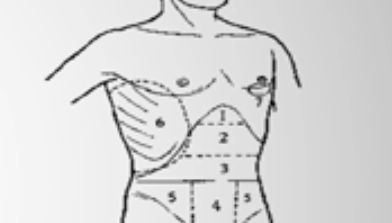
From this diagram, we can see that palpation of the abdomen is primarily used to diagnose diseases of the liver and gallbladder, spleen and stomach, kidneys, as well as the small intestine, large intestine, bladder, uterus, and their attachments.
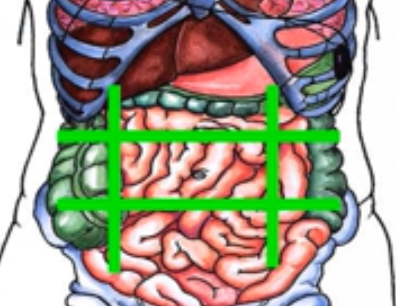
(2) Methods of Abdominal Palpation
[Position]
Sitting Position: The patient sits while the doctor stands on the patient’s right side. The doctor’s left hand slightly supports the patient’s shoulder and back, while the right hand’s second, third, fourth, and fifth fingers are naturally together, using the finger pads or the radial side of the index finger to palpate the abdomen;
Supine Position: The patient lies supine with legs slightly bent, and the doctor uses the four fingers naturally together, using the finger pads or the radial side of the index finger to palpate.
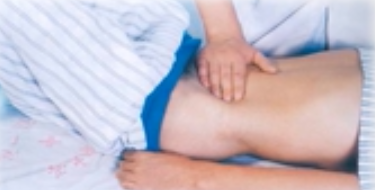
[Method]
Start from the level of the umbilicus and gradually move towards the upper abdomen below the xiphoid process. If there is a mass, start from the healthy area and gradually move towards the diseased area.
Palpate from shallow to deep, applying moderate pressure.
Ask questions while palpating and observe the patient’s expressions.
Pay attention to understanding the local sensations, whether there is cold or heat, distension, masses, softness or hardness, swelling, and whether there is tenderness and the degree of tenderness.
1. Palpation of the Liver
The patient lies supine with legs bent, and the doctor stands on the patient’s right side.
The left hand is placed on the patient’s waist and lifted upwards, with the thumb fixed at the lower edge of the right rib. The right hand is placed on the right side of the umbilicus, with the fingers together or the radial side of the index finger facing the rib edge, pressing towards the deep part.
During the patient’s inhalation, the fingers are pushed towards the rib edge, but do not follow the abdominal wall upwards. Gradually press towards the rib edge.
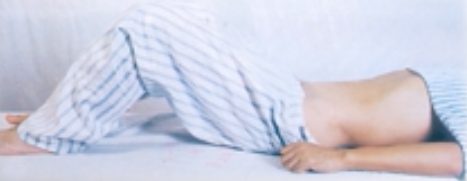
2. Palpation of the Spleen
The patient lies supine or on the right side with legs slightly bent. The doctor places the left hand on the patient’s left chest, at the 7th to 10th ribs, stabilizing the thorax. The right hand is placed on the abdomen, perpendicular to the rib arch, applying slight pressure with the slightly bent fingertips towards the deep abdomen, gradually moving upwards towards the left rib arch during the patient’s abdominal breathing.
3. Palpation of the Kidneys
The patient lies supine, with the right hand placed on the right costal region, using the slightly bent fingertip below the rib edge. The left hand is placed on the right lower back kidney area, pressing the right hand gradually towards the deep abdomen during the patient’s breathing, while the left hand pushes the posterior abdominal wall forward, coordinating both hands to palpate the kidneys.
(3) Palpation of the Abdomen
[Meaning] Palpation of the abdomen involves touching and pressing the epigastric area and abdomen to understand their cold and heat, softness and hardness, distension, masses, tenderness, etc., to differentiate the cold and heat, deficiency and excess of different organ systems.
[Normal Abdominal Palpation] Except for the large intestine (colon) and bladder (when full), other organs are generally not palpable.
[Significance of Abdominal Palpation] Inferring the location of organ diseases and the nature of syndromes (such as cold, heat, deficiency, excess).
1. Palpation of the Epigastrium
Epigastric fullness, palpated as hard and painful (excess) – excess evil accumulates in the epigastrium;
Palpated as soft and painless (deficiency) – stomach deficiency;
Epigastric palpation reveals a palpable distension with a gurgling sound – water retention in the stomach.
2. Palpation of the Abdomen
(1) Cold and Heat:
Cool skin prefers warmth – cold syndrome; warm skin prefers coolness – heat syndrome;
Abdominal pain prefers pressure – deficiency syndrome; abdominal pain resists pressure – excess syndrome.
(2) Distension:
Abdomen distended with elasticity and tenderness – excess syndrome;
Abdomen distended without elasticity and tenderness – deficiency syndrome;
Abdominal distension with a wave-like sensation, as if wrapped in water – water retention;
Abdominal distension without wave-like sensation, percussion feels like drumming – qi retention;
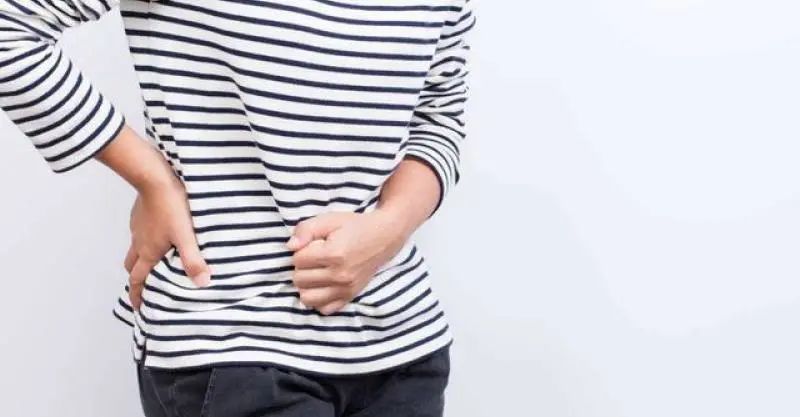
(3) Masses:(Location, Shape, Size, Hardness, Tenderness, Mobility)
Masses that do not move when pushed, with pain at a fixed location – accumulation of phlegm (blood-related disease);
Masses that move when pushed, with pain at an unfixed location – conglomeration (qi-related disease);
Abdominal lumps that rise and fall upon palpation, with irregular aggregation and dispersion, or that feel like worms moving (parasites).
(4) Tenderness:(Indicates lesions in the abdominal organs)
Pain in the left lower abdomen, with hard lumps upon palpation – fecal impaction in the intestines;
Pain in the right lower abdomen, resisting pressure, with lumps upon palpation – intestinal abscess.
(5) Softness and Hardness
Normal abdominal wall – soft, with appropriate tension.
Decreased tension throughout the abdomen – deficiency of vital energy, qi and blood deficiency, or in elderly patients, multiparous women, etc.
Complete loss of tension throughout the abdomen – abdominal muscle paralysis.
High tension throughout the abdomen – organ rupture.
Tension in the right lower abdomen – intestinal abscess.
Tension in the right upper abdomen – damp-heat in the gallbladder.
The above is the content of abdominal palpation. Abdominal palpation is very important in clinical practice. If there are signs of cold and heat, softness and hardness, distension, masses, and tenderness, careful palpation must be performed for diagnosis.


Long press to identify the QR code and follow Xile Liangyao
Let’s discover the wonders of TCM together and make TCM closer to life.
The article looks good, click here 

